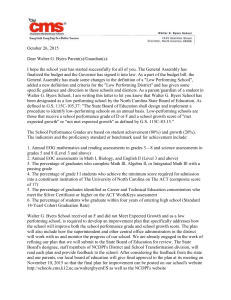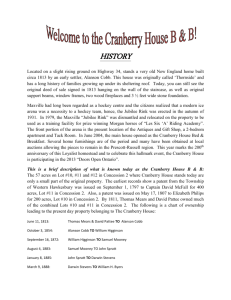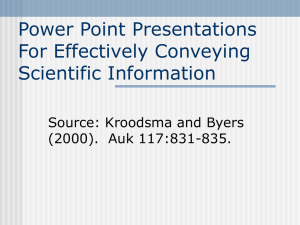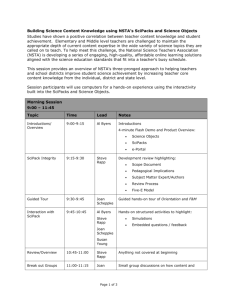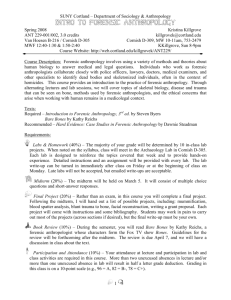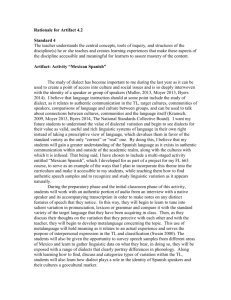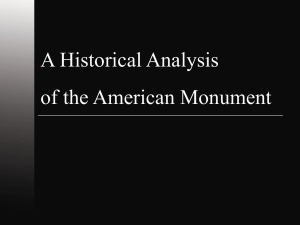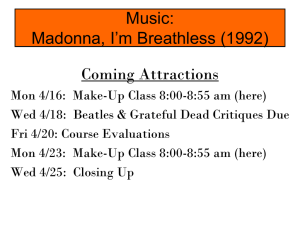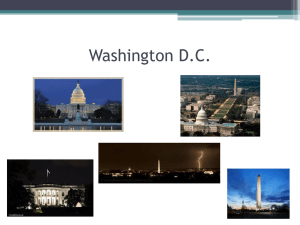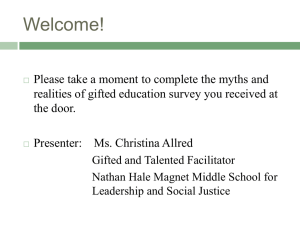Jane Doe Professor Christy Scheuer English Composition 101 16
advertisement
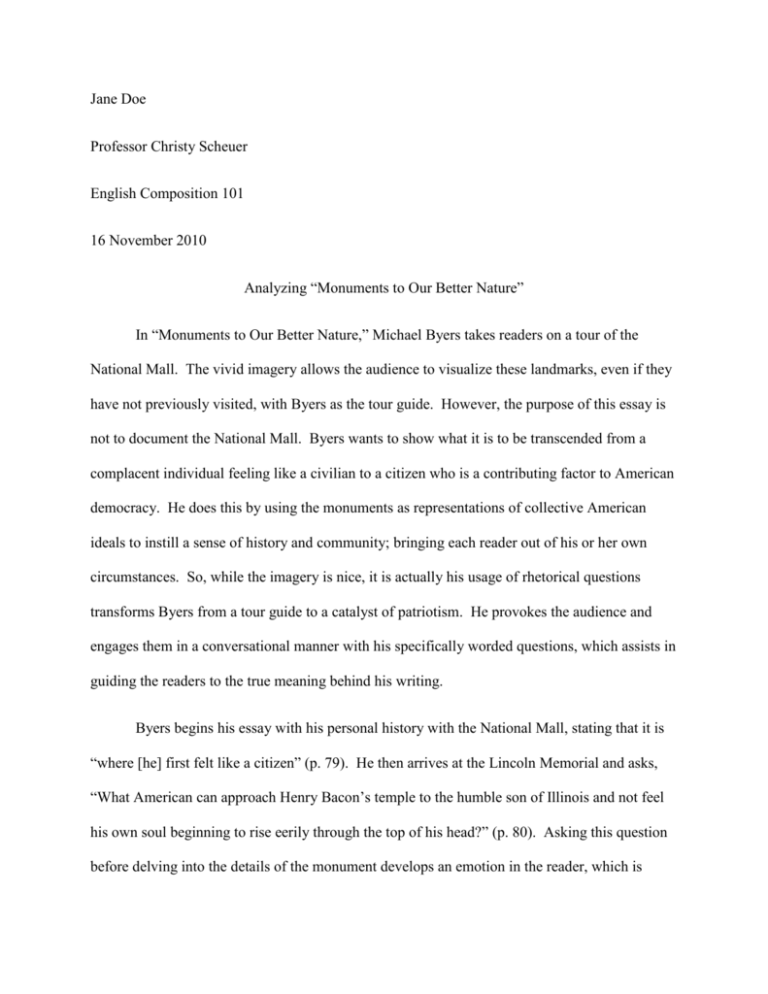
Jane Doe Professor Christy Scheuer English Composition 101 16 November 2010 Analyzing “Monuments to Our Better Nature” In “Monuments to Our Better Nature,” Michael Byers takes readers on a tour of the National Mall. The vivid imagery allows the audience to visualize these landmarks, even if they have not previously visited, with Byers as the tour guide. However, the purpose of this essay is not to document the National Mall. Byers wants to show what it is to be transcended from a complacent individual feeling like a civilian to a citizen who is a contributing factor to American democracy. He does this by using the monuments as representations of collective American ideals to instill a sense of history and community; bringing each reader out of his or her own circumstances. So, while the imagery is nice, it is actually his usage of rhetorical questions transforms Byers from a tour guide to a catalyst of patriotism. He provokes the audience and engages them in a conversational manner with his specifically worded questions, which assists in guiding the readers to the true meaning behind his writing. Byers begins his essay with his personal history with the National Mall, stating that it is “where [he] first felt like a citizen” (p. 79). He then arrives at the Lincoln Memorial and asks, “What American can approach Henry Bacon’s temple to the humble son of Illinois and not feel his own soul beginning to rise eerily through the top of his head?” (p. 80). Asking this question before delving into the details of the monument develops an emotion in the reader, which is necessary as Byers builds upon that in the following text. With unabashed passion, he recounts events that have taken place at this location. He quotes Martin Luther King’s infamous speech as if he can still hear Dr. King declaring, “Let freedom ring!” He reads the inscriptions of togetherness from the walls. It is the excitement that guides readers to the monument’s representation of freedom and equality. This message gets lost without the emotion created by Byers’ provocation, and without it, he would risk returning to the role of a mere tour guide. Byers’ next stop is the Jefferson Memorial, and there is a drastic change in his tone. The passion is lost as he analyzes and describes the monument, noting that “not everyone goes [there]” (p. 81). As he reads Jefferson’s messages of laws and institutions relating to progress, he asks, “What are we to make of the arcane inscriptions? …All right, but where is the poetry?”(p. 81). Byers is trying to suck the whimsy out of the air. The tone is bland. His questions are geared toward feelings of disappointment, and the audience is inclined to agree with him. The sharp contrast from the enthusiasm for the Lincoln Memorial emphasizes the representation of the Jefferson ideal of being logical and rational. The questions are used to keep the reader involved in a purposefully dull section of the essay and assure that Jefferson is not taken “too much for granted” (p. 81). Byers moves onto the Vietnam Memorial, and his tone is quietly dramatic as he describes the “sinister black wall” (p. 81). He notes the respectful behavior of adults and then asks if “the twelve-year olds also behave well here only because of the crying man in the army fatigues? Or do they, like their parents, feel that something terrible has happened, and been preserved somehow in black marble? And will their children feel the same way, or will they need to learn the lessons of Vietnam again?” (p. 82). These questions magnify the poignancy emitted from the memorial. Children typically do not carry the heavy hearts of adults, so Byers is correct in noting that it is odd for their behavior to mimic that of their parents. Asking readers to explore this phenomenon delves into considering that a lesson has truly been taught and points out that besides “[mimicking] the national experience of the war” (p. 81), this monument represents the ideal of learning from history. The underlying message conveys that these lessons affect Americans whether the actions were experienced firsthand or not, and each person is responsible for his or her own interpretation and contribution to the country’s growth. Byers ends with one lingering question. He asks, “Who can stands on the top step of the Lincoln Memorial and not think. I am a participant in a world civilization, I have history entrusted to me, we are all in this together—and feel it, for a minute or two, as the simple, honest truth?” (p. 82). This perfectly wraps up Byers argument that the National Mall can transcend individuals from being a civilian to being a citizen. The personal statement being read in the first person tense and the directness of the question at the reader are provoking and pull together the emotions experienced throughout the essay. This last question resonates that regardless of all else, standing among these representations of American ideals and history reassures individuals that everyone is in this together and that each person is “dearly counted” (p. 79). Encouraging individuals to realize their own voice in contributing to American democracy is more relevant now than when Byers originally wrote “Monuments to Our Better Nature.” Just as Byers is transformed from a tour guide to a catalyst, individuals must transform from existing in a democracy to being a part of a democracy. Byers needed to emphasize the purpose of his writing, so he used rhetorical questions to interact with the audience. An individual needs to embrace their purpose in this democracy, so must exercise his or her rights as citizens to contribute to the “greater good.” War and recession have made Americans pay attention and realize the necessity of community and taking care of each other. In times of uncertainty, can citizens really afford to let individual circumstances get in the way of finding solutions for a better future?
